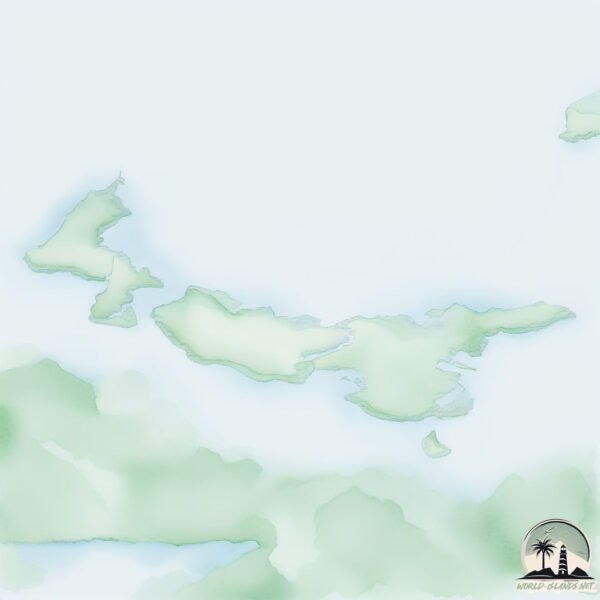Prince Edward is a Very Large Island spanning 5741 km² with a coastline of 1797 km.
Topography and nature of Prince Edward
Timezone: UTC-04:00Timezone places: America/La_PazMax. Elevation: 131 m Mean Elevation: 31 mVegetation: Agricultural MosaicTree Coverage: 37%
The mean elevation is 31 m. The highest elevation on the island reaches approximately 131 meters above sea level. The island is characterized by Plains: Flat, low-lying lands characterized by a maximum elevation of up to 200 meters. On islands, plains are typically coastal lowlands or central flat areas.
Dominating Vegetation: Agricultural Mosaic
Vegetation: 14 vegetation zones – Exceptionally Diverse Island
Infrastructure and Travelling to Prince Edward
Does the island have a public airport? yes .
Does the island have a major port? yes .
The mean population of Prince Edward is 27 per km². Prince Edward is Gently Populated. The island belongs to Canada .
The name of the island resonates across different cultures and languages. Here is how it is known around the world: Arabic: جزيرة الأمير إدوارد; German: Prinz-Edward-Insel; Spanish: Isla del Príncipe Eduardo; French: île du Prince-Édouard; Portuguese: Ilha do Príncipe Eduardo; Russian: остров Принца Эдуарда; Chinese: 爱德华王子岛
Continuing your journey, Pictou Island is the next notable island, situated merely km away.
Why So Few Canadians Live On Prince Edward Island
PRINCE EDWARD ISLAND | ULTIMATE TRAVEL GUIDE | CANADA
Prince Edward Island, Canada has so much to offer, which is why we put ...
Prince Edward Island, Canada has so much to offer, which is why we put together this Travel Guide. To make sure you have the ...
8 things you need to know before moving to Prince Edward Island (PEI)
If you're considering moving to Prince Edward Island (PEI) these are ...
If you're considering moving to Prince Edward Island (PEI) these are the 8 things you need to know. Don't plan your move until ...
Canada is classified as Developed region: G7: Group of Seven – Major advanced economies, including Canada, France, Germany, Italy, Japan, the United Kingdom, and the United States. The level of income is High income: OECD.
News – Latest Updates and Headlines from Prince Edward
Stay informed with the most recent news and important headlines from Prince Edward. Here’s a roundup of the latest developments.
Loading...
Social Media Posts about Prince Edward
Loading...
Please note: The data used here has been primarily extracted from satellite readings. Deviations from exact values may occur, particularly regarding the height of elevations and population density. Land area and coastline measurements refer to average values at mean high tide.

